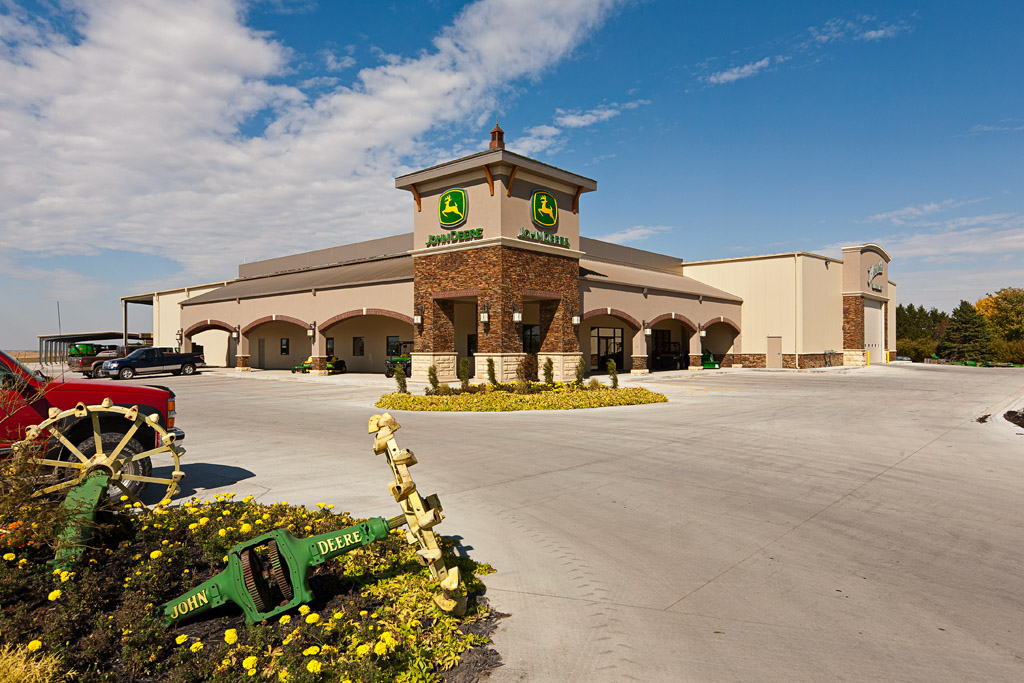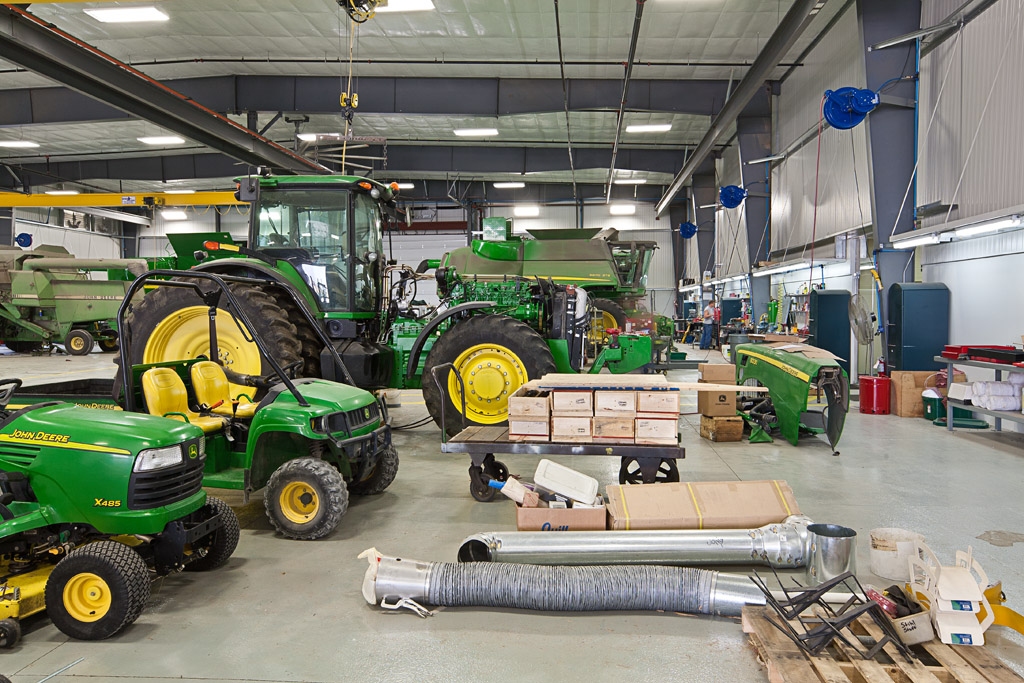Best Practices
Editor’s Note: Rural Lifestyle Dealer’s “Best Practices” series helps dealers fine tune their management strategies. Check out previous “Best Practices” expert and dealer insights on our website. Write if you’d like us to tackle a subject, lwoolf@lesspub.com.
The repair order process for Hiawatha Implement wasn’t broken, but it wasn’t working either. The John Deere dealership has a large service department with 16 technicians at its Hiawatha, Kan., location and 18 technicians at its Mound City, Mo., location.
Their long-time service process, which may be familiar to a lot of dealers, included these steps: The service manager opened a work order in the dealership management software (Equip). He then printed out the work order and walked it back to the technician. In the course of completing the repair, the technician jotted notes on the order or, if the repair was complicated, on other sheets of paper. After the repair was complete, the technician entered the number of hours spent onto a time card. They then walked back the original order, notes and time card to the service manager. The service manager then had to interpret the notes and enter them into the system.
“The beginning and end of the process was electronic, but the center piece was missing and required so much hand writing and keeping track of notes,” says Nicholas Blevins, Hiawatha’s integrated solutions manager.

Hiawatha Implement, based in Hiawatha, Kan., recently implemented John Deere’s Service Delivery software to increase efficiencies.
It didn’t take much convincing for Blevins or the service manager to see the benefits of John Deere’s Service Delivery software when they learned of it at a dealer meeting late last year.
“We looked at the benefits of what it could provide our company for the future in terms of work efficiency and decided it would be a good investment,” Blevins says.
The dealership began implementing the process this past summer, bringing in experts from John Deere’s information service department. The experts and Blevins conducted a week of classroom-style training, including training videos. To avoid delaying service work, half the service team attended for several hours in the mornings and the other half attended in the afternoons. The new software was installed on laptops that the technicians had already been using.
The team met regularly weekly in late summer and then several times a week as the launch date neared and the service manager trialed the program. They decided not to use the process for existing orders, but for orders after the launch date of October 14.
“The first 2 weeks it was frustrating to everybody as we worked out the kinks. As the weeks went on, the fewer questions we had and the fewer complaints we heard.”
The new process works like this: The service manager creates a work order for the repair or service project and assigns it to a technician. The system “refreshes” often on the tech’s laptop screen, bringing new orders to their attention. The technician “clocks in” to the job on the screen when they are working on the repair. The system indicates an active status by changing the color of the work order in the repair list. This helps the service manager track what jobs have been started or are in process. The service manager can also prioritize jobs on the list.

Hiawatha Implement has 34 technicians in 2 locations.
The technician uses the software to record repair notes, order parts, communicate with the service manager regarding any issues, and finally, to log the repair as complete.
“The new process is working very well, but it’s too early to measure improvements,” Blevins says. He does say he should have done a few things differently during the implementation.
“We should have given our techs time to test it before it went live. They were able to view videos, but didn’t go in and play with it. That would have helped with the initial shock of changing to a new system,” he says. Also, Blevins says they should have transitioned before or after the harvest season.
The improvements are not just internal to Hiawatha. As part of the new system, each service manager’s office has a 70-in. screen that displays the order. This lets the manager regularly view the status of orders. Customers can see the status as well.
“Customers really like to see that we are keeping up with the times and advancing to a paperless system,” Blevins says.




Post a comment
Report Abusive Comment